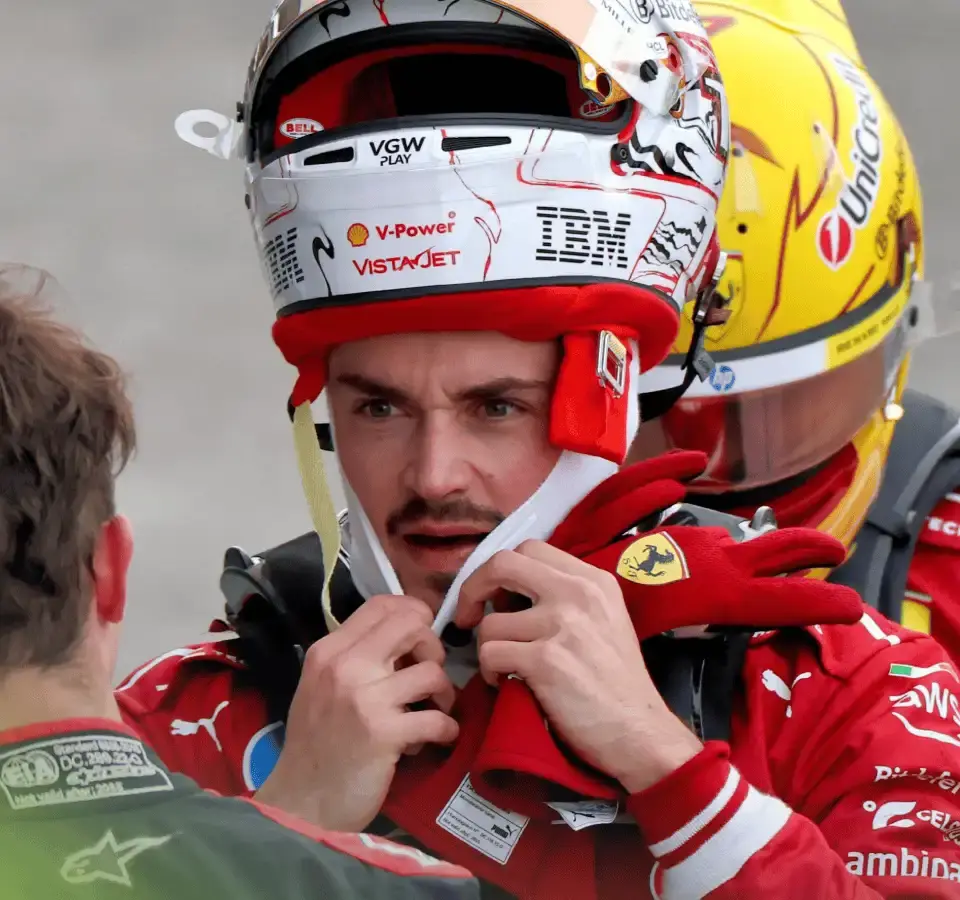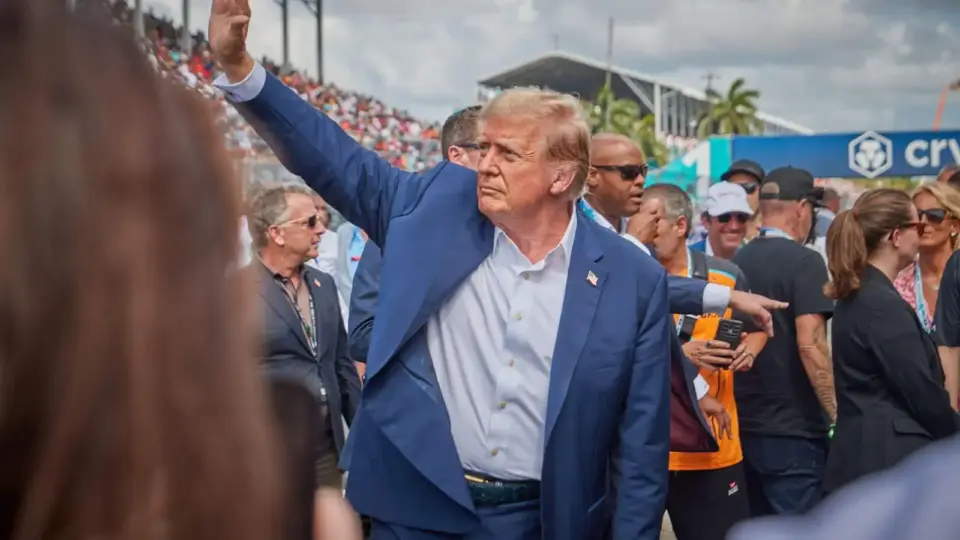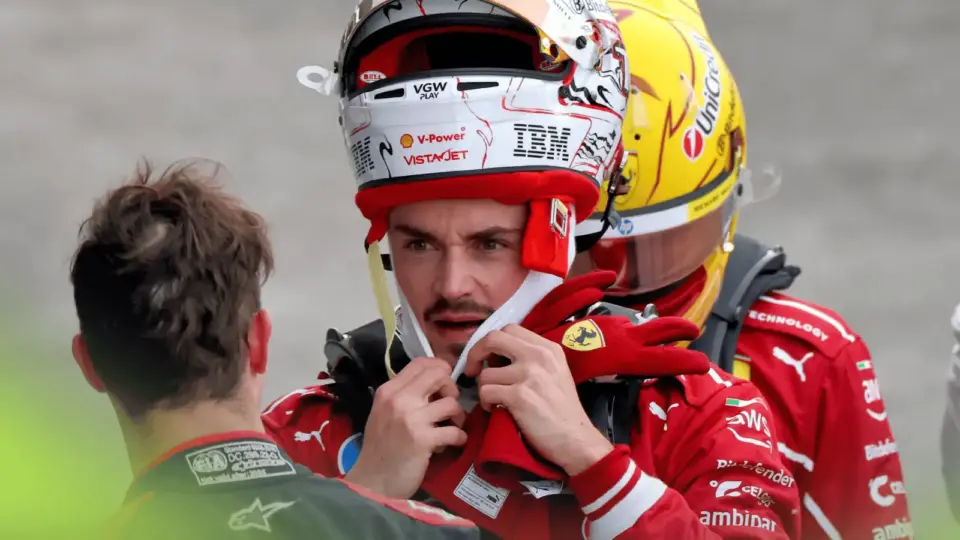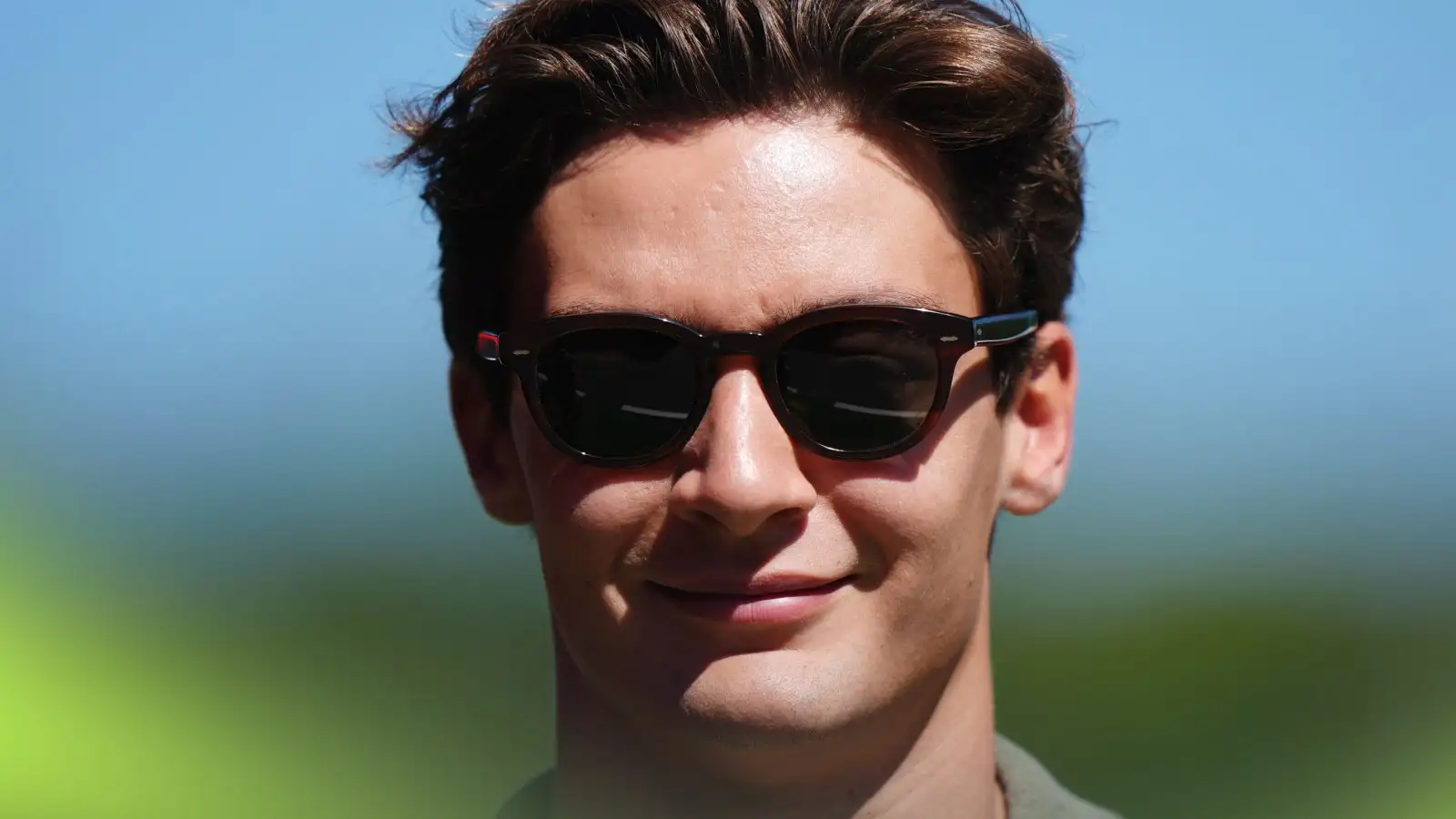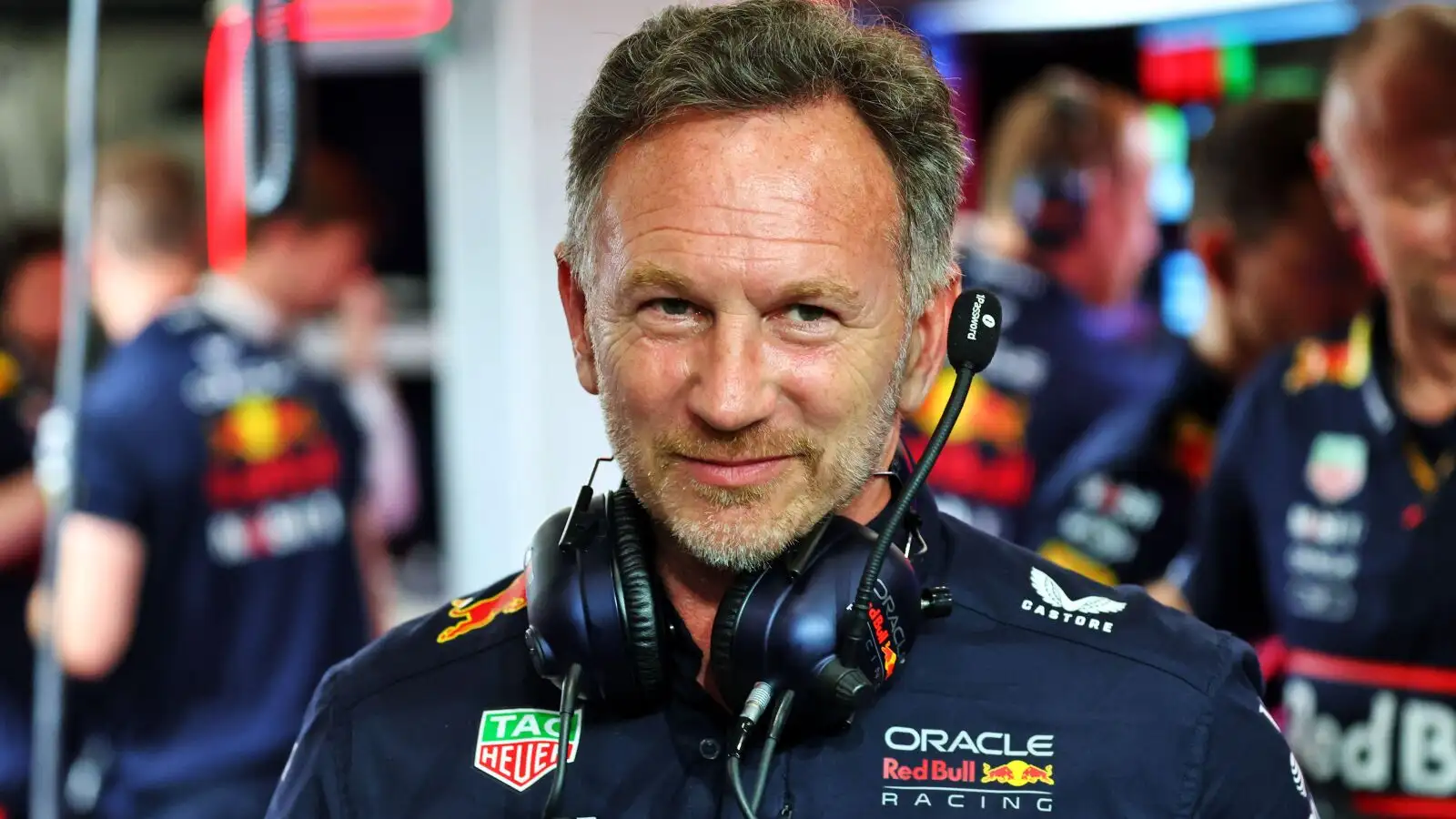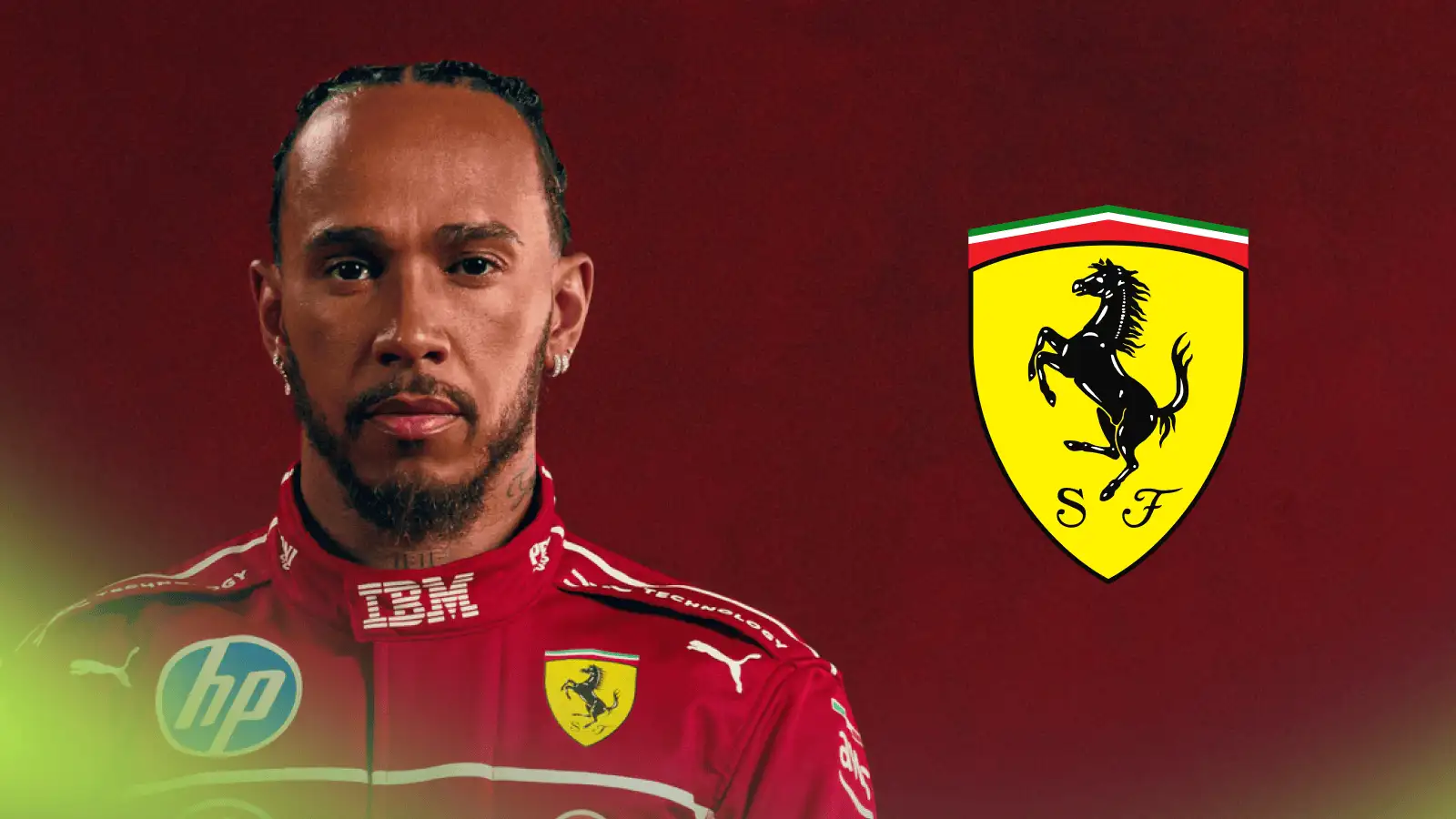Charles Leclerc has made a bold move within the Ferrari team, signaling a shift in his approach amid ongoing challenges this F1 season. As Ferrari navigates a rough start, Leclerc has reportedly decided to forge his own path with the SF-25, diverging from relying on Lewis Hamilton’s direction. Meanwhile, Martin Brundle has addressed Jeremy Clarkson’s criticisms following a lackluster Japanese Grand Prix, attributing the issues to the cars rather than the circuits.
Charles Leclerc’s decision to take independent control over his car setup marks a significant moment in the Ferrari camp. According to an Italian publication, since Lewis Hamilton’s entrance from Mercedes, Ferrari has heavily leaned on his insights. However, with persistent struggles in maximizing the SF-25’s performance this year, Leclerc seems determined to tailor the car to his own style, stepping away from Hamilton’s influence for the first time at the recent Japanese Grand Prix. This move illustrates a growing impatience within the team to rectify the ongoing challenges, as Leclerc seeks solutions that align more closely with his driving preferences.
On another front, Martin Brundle has publicly addressed comments made by celebrity F1 fan Jeremy Clarkson. Clarkson expressed dissatisfaction with races where overtaking is minimal, specifically citing the Japanese Grand Prix at Suzuka. He suggested that Formula 1 should avoid tracks known for limited passing opportunities. Brundle countered these remarks by pointing out that the core issue lies with the car designs rather than the circuits themselves. His response highlights an ongoing debate about how F1 can evolve to foster more exciting races, as discussions about car and circuit adjustments continue.
Further stirring the pot of potential changes in the sport, there are whispers of the KERS boost system making a comeback. This possibility is part of a broader discussion to reintroduce V10 engines, which have been absent from F1 since 2005. Talks are scheduled at the Bahrain Grand Prix, where stakeholders will explore the integration of these engines alongside KERS to meet sustainability goals. This development could mark a notable shift in the power dynamics of F1 technology, blending nostalgic elements with modern environmental considerations.
Ferrari’s leadership, featuring Fred Vasseur and technical chief Loic Serra, also finds itself at a crossroads regarding the strategic introduction of new car enhancements. The Scuderia plans to roll out its first major package of the 2025 season during the Bahrain event but must deliberate on whether additional upgrades should wait until the Miami Grand Prix. With the SF-25 still underperforming, there is a tension between pushing forward with new technology and ensuring the vehicle’s current issues are thoroughly understood and addressed before injecting new variables into the mix.
Meanwhile, Dutch pundit Tom Coronel has cast a critical eye on Yuki Tsunoda’s readiness for a full-time Red Bull seat. Despite a promising start at the Japanese Grand Prix, Tsunoda failed to score points, stirring questions about his capability alongside the senior team. This follows Liam Lawson’s replacement after the initial races in Australia and China. Coronel’s observations suggest that while Tsunoda shows potential, he still has a journey ahead before becoming a mainstay at Red Bull.
As the F1 season gathers pace, these internal team dynamics, strategic decisions, and tech discussions only add to the intrigue of the sport. Charles Leclerc’s assertive stance within Ferrari hints at a shifting landscape within the iconic team, while debates about car and circuit design continue to challenge traditional approaches within the sport. The potential return of technologies like KERS, paired with ambitious engine plans, may steer F1 into a new era of competitive racing. However, it is clear that all eyes are on the upcoming races as each team seeks to optimize performance amid evolving conditions.
